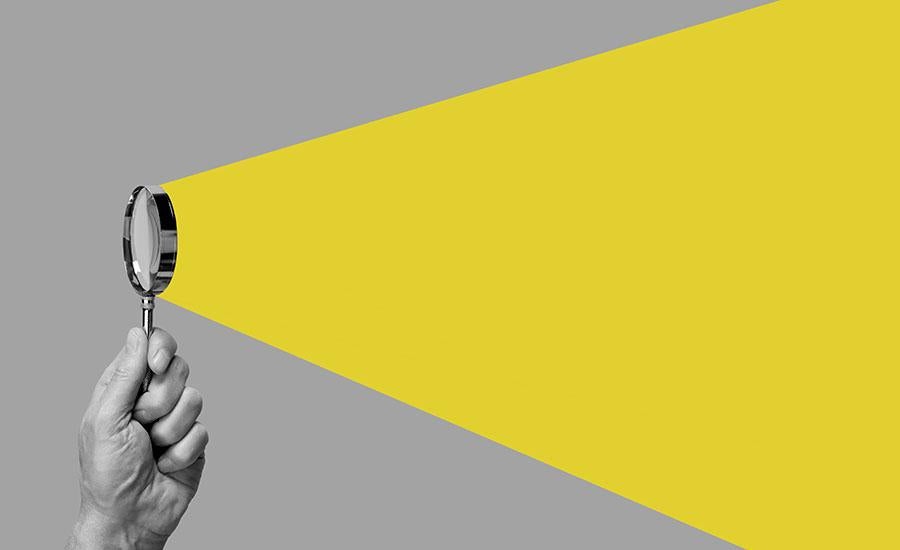
Human Eye vs. Camera
by Amsavalli Thangavel
This lesson helps kids have an understanding of how our eyes capture light. A camera captures pictures of objects using a similar way so in this experiment, kids will be making a camera using simple materials the teacher will provide. They will test out the camera, make their observations, and write a report on it using the instructions.
Lesson Plan Link/URL
https://docs.google.com/presentation/d/1vOD8SRXUIqFqEwFA4LKZ-Vhl-IedXu8lnPjA_CX…Subject Area
Science Physical Science P2: Objects at a Distance Life Science L1: Cells Technology 1. Empowered Learner 4. Innovative Designer Engineering S2: Apply the Engineering Design Process Mathematics Geometry (G) English Language Arts (ELA) Writing
Featured
Off
Related Content

Grades:
7th Grade, 8th Grade, 9th Grade, 10th Grade, 11th Grade, 12th Grade
Students will apply principles of design, engineering, and mathematics to create a physical or digital labyrinth inspired by the myth of Theseus. This project integrates STEM concepts with literature

Grades:
3rd Grade, 4th Grade
In this unit, students will identify what a shelter is and why we need it. Students will identify the different types of shelters and materials needed depending on climate and their surroundings

Grades:
Kindergarten, 1st Grade, 2nd Grade, 3rd Grade, 4th Grade, 5th Grade, 6th Grade, 7th Grade, 8th Grade, 9th Grade, 10th Grade, 11th Grade, 12th Grade
Button makers are great additions in the classroom! But first, students should learn the history of buttons, about the button machine and how to operate it. Challenge cards provided inspire students